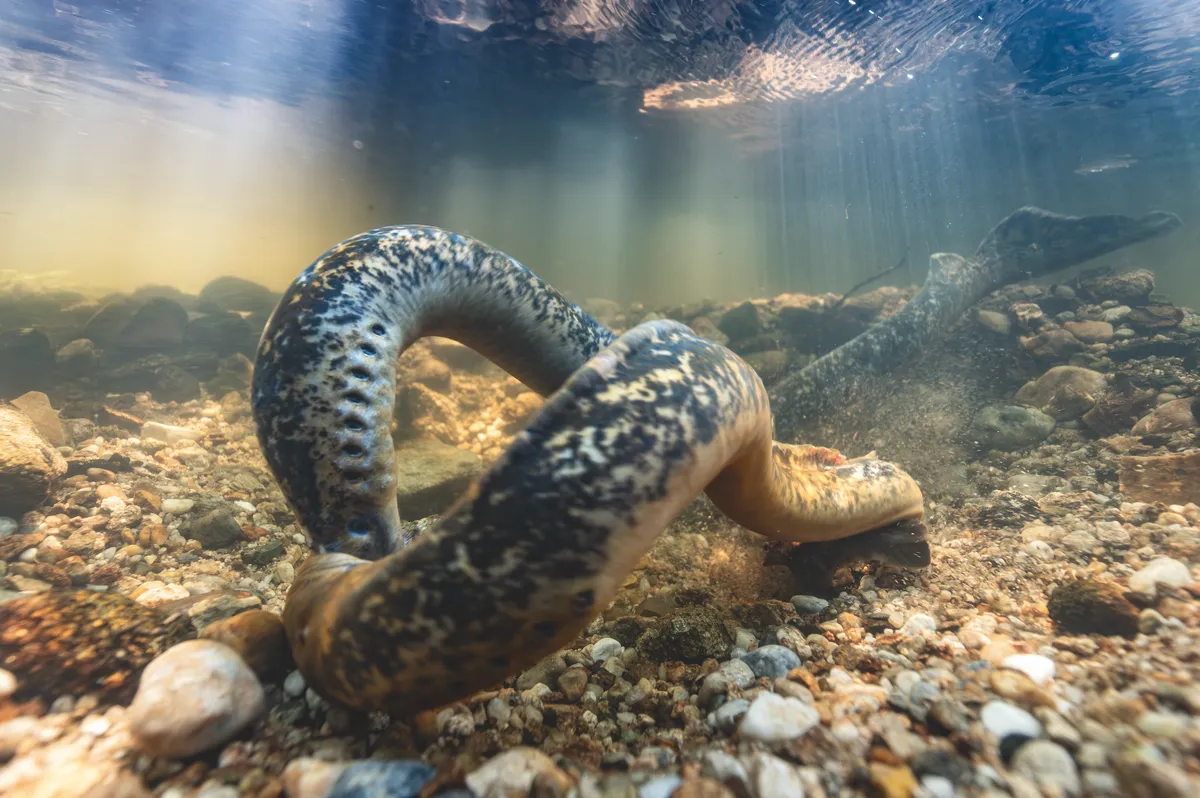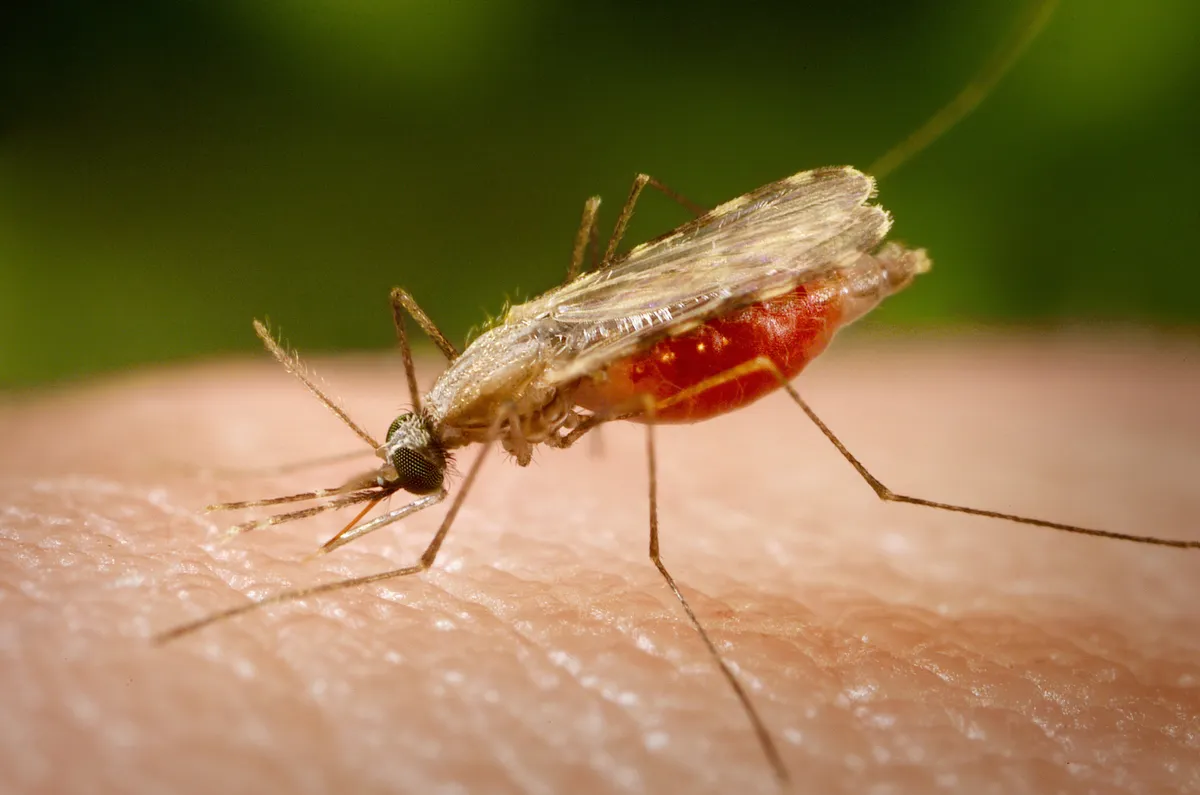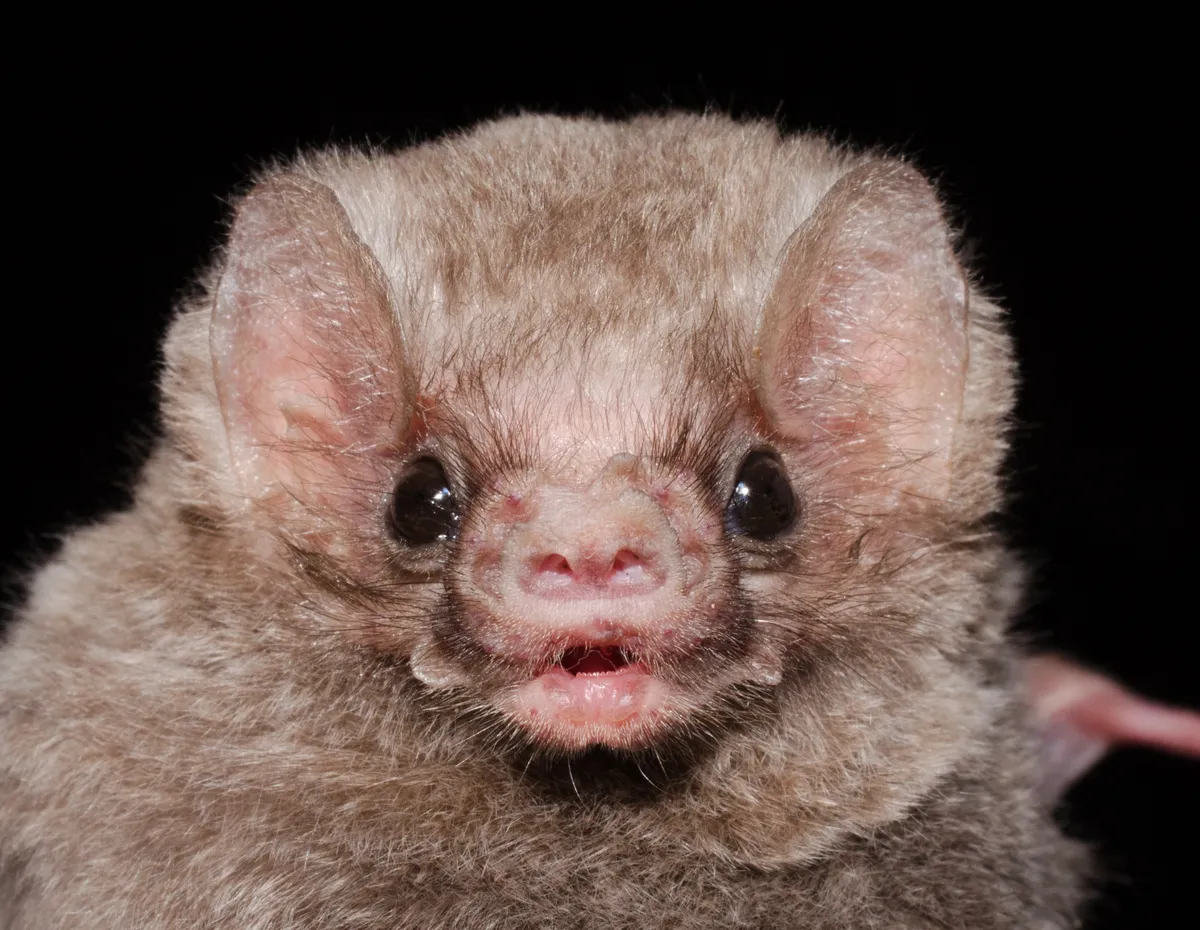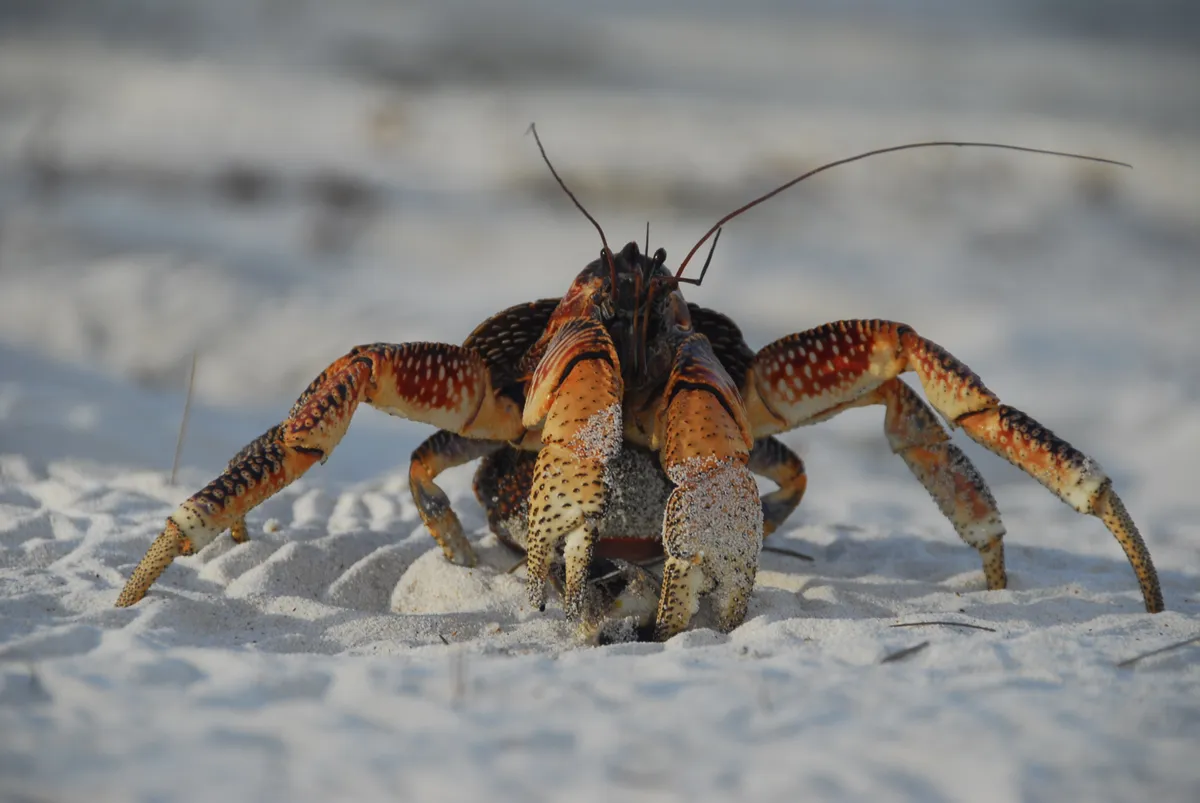Some animals trigger instinctive squeamishness, whether it’s because of their parasitic feeding habits, their unsettling appearance, or their sheer power.
Creatures like sea lampreys and leeches survive by sucking blood, while giant coconut crabs and deadly Komodo dragons intimidate with their size and strength. Though not all are directly dangerous to humans, their features and behaviours can be the stuff of nightmares.
Why do they make us uneasy?
Unusual adaptations like sucker mouths, sharp teeth, and parasitic feeding habits can trigger disgust or tap into our primal fears. For blood-feeders such as mosquitoes, the added risk of disease transmission heightens our sense of threat. And when it comes to apex predators like big cat species, their raw power and lethality remind us just how fragile humans can be in the natural world.
Blood-feeding animals
Animals that feed on blood are known as hematophagous species, a group that includes mosquitoes, leeches, vampire bats and even some fish such as sea lampreys. Their feeding strategies, from razor-sharp bites to sucker-like mouths, may seem gruesome but are highly specialised adaptations for survival.
Sea lampreys (Petromyzon marinus)

With round, sucker-like mouths bristling with teeth, lampreys latch onto fish and drain their blood and body fluids. Though they don’t target humans, their slimy prehistoric appearance alone is enough to cause unease.
With its specialised mouth, this parasitic fish latches onto fish and marine mammals, piercing through flesh with a file-like tongue to drain their body fluids – a gruesome habit that has earned it nicknames like ‘vampire eel’ and ‘eelsucker’. This macabre feeding is seldom witnessed, as it occurs only in the adult’s ocean-dwelling stage.
- It’s a slimy, prehistoric parasite with the mouth of an alien. And two fearless photographers are obsessed with finding it
- What is a lamprey and where do they live?
Leeches (Hirudinea)

Common in freshwater, leeches cling to hosts using suckers and secrete anticoagulants that keep blood flowing as they feed.
Although most leeches live in freshwater, they can attach to human skin to feed on blood. In rare instances, they may enter the body through the nose or mouth when swimming in infested water. While their bites are generally harmless, untreated attachments can cause notable discomfort and blood loss.
Mosquitoes (Culicidae)

Only females feed on blood, which they need to develop eggs. More than an annoyance, they are major disease carriers, spreading malaria, dengue, and other illnesses.
Female mosquitoes require blood to produce eggs, piercing skin with needle-like mouthparts. Beyond irritation, their bites are dangerous because they can transmit deadly diseases such as malaria, dengue, and Zika virus.
We named mosquitos not only one of the deadliest insects in the world but also one of the deadliest animals in the world
Vampire bats (Desmodus rotundus)

A few bat species feed directly on the blood of animals, using razor-sharp teeth and anticoagulant saliva.
Native to the Americas, vampire bats feed on the blood of mammals and birds, using razor-sharp teeth and anticoagulant saliva. Unlike folklore suggests, their feeding is quick, subtle, and often unnoticed by the host.
Ambush hunters
These animals use stealth and aggression to kill their unsuspecting prey.
Coconut crabs (Birgus latro)

The world’s largest land arthropod, coconut crabs are prehistoric-looking with a reddish-brown exoskeleton and powerful pincers. Agile climbers, they use their strong pincers to grab and feed on small animals, including other crabs.
- What's the biggest crab in the world?
- “A colossal crab the size of a car tyre was pushing against my door”
With a leg span of up to three feet and claws strong enough to crack coconuts, these nocturnal scavengers look like something out of a horror movie.
Komodo dragons

These giant lizards, the heaviest in the world, use venomous bites, sharp claws and immense strength to bring down prey – sometimes as large as deer or water buffalo.
- It has iron-coated razor-sharp teeth, weighs the same as a beer keg and delivers its deadly venom by raking its teeth through its prey’s flesh
- This deadly giant lizard can kill a human, yet Indonesian villagers let them roam on school playing fields
The Komodo dragon appears perfectly equipped for hunting, with 60 serrated, shark-like teeth. However, its skull structure and jaw muscles are relatively weak, giving it a bite only about one-sixth as strong as a saltwater crocodile of comparable size.
Scientists once believed the dragon relied primarily on oral bacteria to subdue prey. Its mouth harbours up to 57 species of potentially harmful bacteria, including Staphylococcus and Escherichia coli (E. coli), which can cause serious infections. More recent research, however, has revealed that Komodo dragons also possess venom glands, producing toxins that reduce blood clotting and lower blood pressure in their victims, further weakening prey and aiding the dragon’s stealthy hunting strategy.
Crocodiles (Crocodylidae)

Masters of stealth, crocodiles lurk just beneath the surface before launching upward with explosive power. Once they clamp onto prey, their “death roll” makes escape almost impossible.
Spiders (Araneae)

Many spiders, including tarantulas and orb-weavers, rely on ambush or webs to capture prey. Their venom immobilises insects or even small vertebrates, making them efficient but unsettling predators.
- World's most venomous spiders: Are these 10 deadly spiders as fearsome as their reputation?
- Scariest spiders: 8 arachnids that may give some people the creeps
- 10 biggest spiders in the world: meet enormous arachnids as big as dinner plates
Snakes (Serpentes)

Snakes are not only fascinating but also among nature’s most efficient killers, armed with venomous fangs that can quickly immobilise their prey.
- 15 brutal snake photos showing just how lethal and deadly their killing methods can be when they strike
- 13 deadliest snakes: Meet the world's most venomous snakes whose lethal bites can kill a human...
With lightning-fast strikes and sleek, muscular bodies built for stealth, they are predators of precision and power. Our gallery reveals these reptiles at their most formidable, capturing dramatic moments that highlight their deadly prowess — and even their willingness to turn on one another.
Discover more frightful wildlife species:



